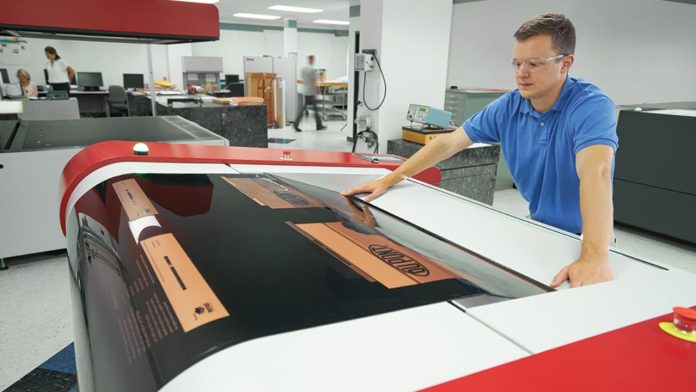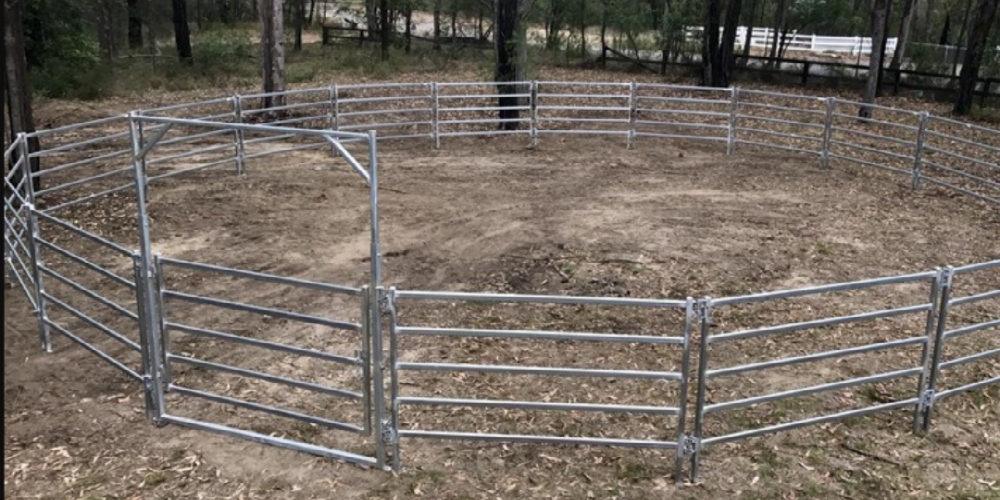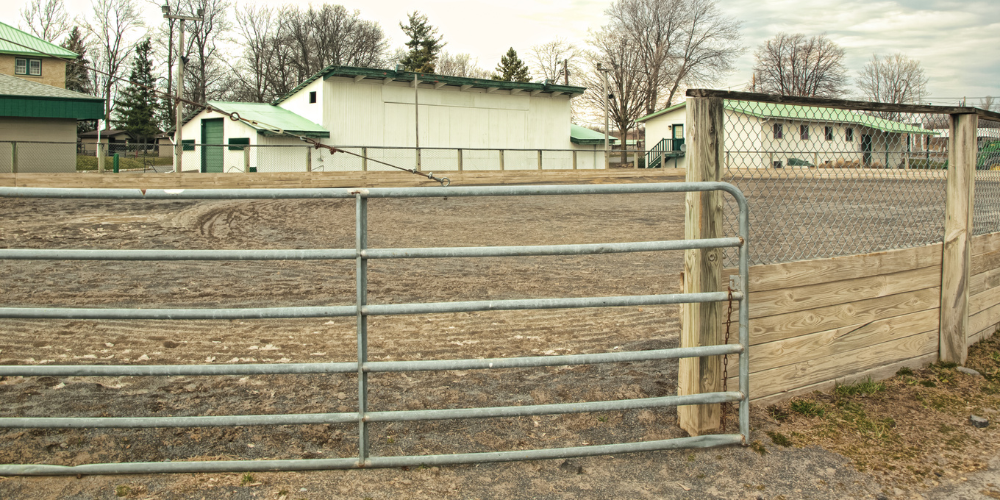Flexographic (flexo) plate making is one of the most important processes in the printing industry. Flexo printing is a technique in which flexible plates are used to transfer ink to substrates. Which includes paper, plastic, and metal foils. In recent decades, flexo printing plate have experienced drastic changes due to the technological development in efficiency, quality, and environment.
History of Flexo Plate Making
Traditional methods and their problems
The conventional process of flexo plate making is used to employ techniques. These methods were tedious and manual and thus had a lot of issues such as; they produced prints with low quality and at a very expensive rate. It also became time-consuming because of the strict need to align and expose the plates.
Digital Plate Making: A Game Changer
The use of digital plate making was the major revolution that occurred in the flexo printing business. Digital plates are developed through computer-to-plates (CTP). It enables the elimination of the use of films and chemicals. This technology employs the use of laser engraving to directly image the plate hence improving the quality and precision. It has also helped in cutting the time taken to produce the printed items, minimizing the number of errors, and improving the quality of the final product.
Technological Development in Imaging and Exposure
High-Resolution Imaging
Over the years, advancements in imaging technology have played a major role in flexo plate making. Today it is possible to get CTP systems with a resolution up to 4000 dpi, which allows to make plates with more details and smooth transitions between tones. This has enabled printers to meet the high demands for high-definition graphics and complex designs, especially in the packaging sector.
Advanced Exposure Units
The exposure units, also, have witnessed technological developments. UV LED exposure unit exposure is uniform and efficient as compared to UV lamp exposure. These units provide the exposure process with better control hence the plates have better dot structure and are more resistant. Also, UV LED technology takes less amount of power and produces comparatively less heat which is beneficial for making plates more environmentally friendly.
Automation and Integration in Flexo Plate Making
Automated Plate Processing
Flexo plate making has been one of the areas that have benefited a lot from automation. Some of the activities like washing, drying, and finishing are done automatically by the automated plate processors. This automation not only makes the process faster but also makes the quality of the product uniform, and there is less chance of handling errors.
Integration with Workflow Systems
The contemporary flexo plate-making systems are commonly connected with the digital production processes. These systems enable efficient interaction between the design, prepress, and production processes. The integration enables the tracking and control in real-time so that any problem is likely to be noted and rectified. These interrelated processes improve the efficiency of work.
Environmental Impact and Sustainability
Less Waste and Chemicals
There are improvements in the flexo plate-making processes due to technology that has made it friendly to the environment. Digital plate making eliminates the use of films and chemicals and hence the reduction of waste and disposal costs. Automated systems also help to manage resources and reduce the wastage of material in the organization.
Energy Efficiency
New technologies that have been adopted in flexo plate making have also contributed to the decrease of the effects on the environment for instance UV LED exposure units. These units use less power and have a longer life span compared to conventional UV lamps. Some of how printing companies can achieve sustainability include; the use of energy-efficient equipment to reduce the energy being used in the process of printing.
Conclusion
The advancement in technology has affected flexo plate making in a great way in terms of quality, productivity, and environmentally friendly methods. From digital plate-making to high-resolution imaging, auto-processing, and energy-efficient exposure units, the industry has been brought to change. It is therefore just a matter of time before flexo plate making is enhanced and made more efficient with a view to being environmentally friendly as well as opening the doors for future developments of the printing industry.
















